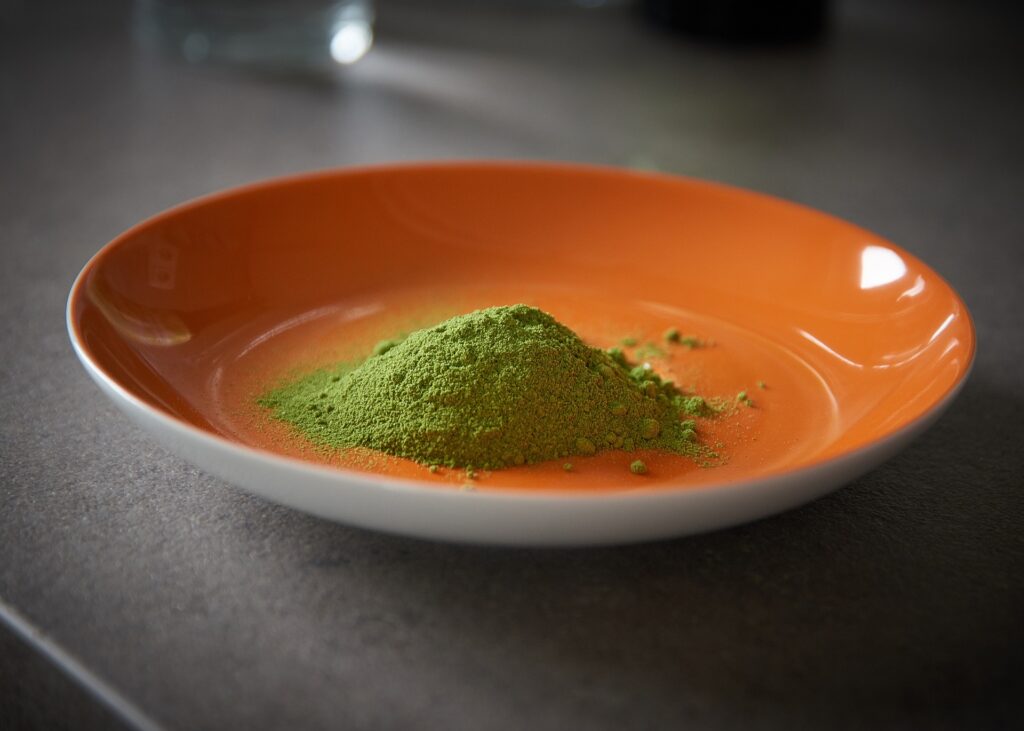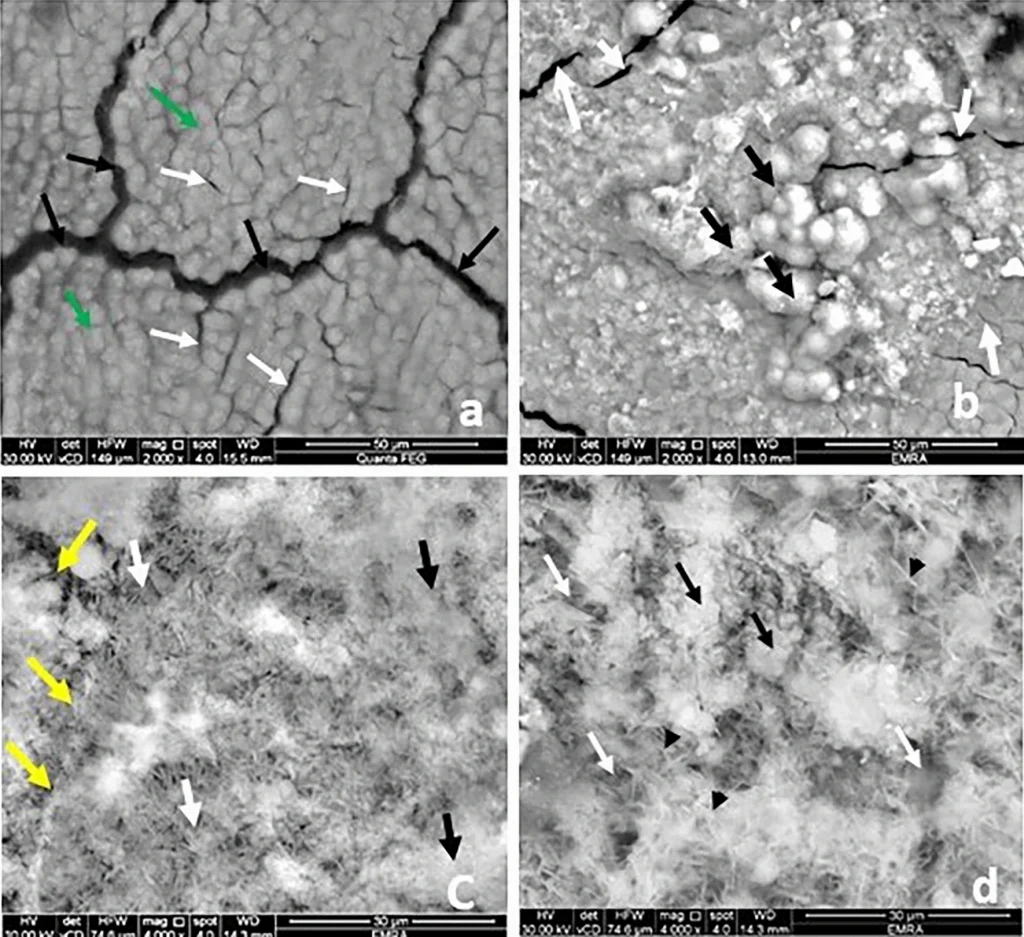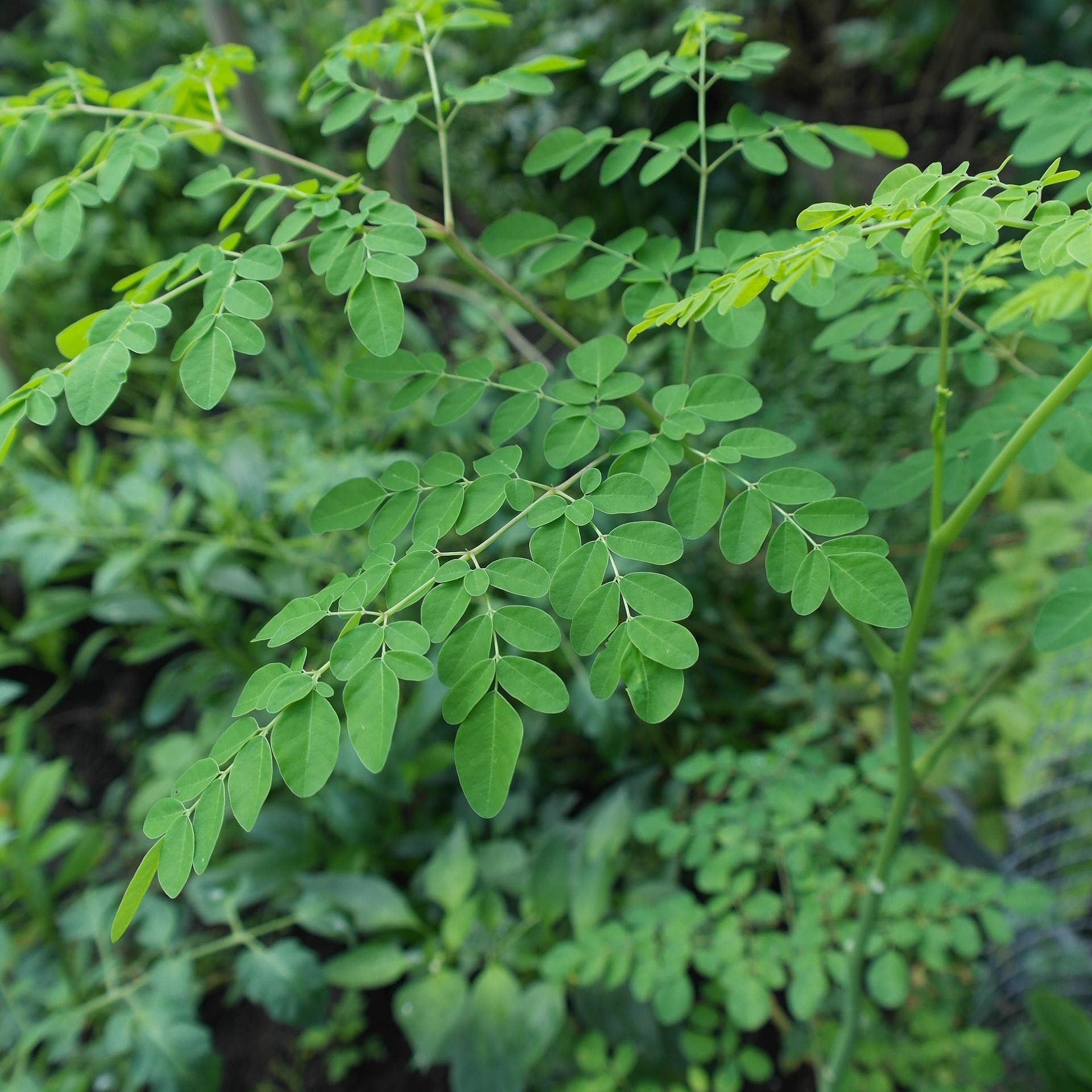Are you familiar with a plant called moringa? Its Japanese name is “Wasabinoki.” India is the largest producer, but it is also cultivated in the Philippines. I remember a Filipino friend once gave me some leaves, known as “Malunggay” in the Philippines, to try in a soup. It had no particular strong taste and was quite easy to eat like a vegetable. This Wasabinoki is a nutrient-rich plant, and it’s distributed in developing countries to combat malnutrition. According to a recent report I came across, extracts from the leaves of this moringa have been found effective in promoting the remineralization of teeth. Could this be a new application for it?
Dentinomimetics and cementomimetics of Moringa oleifera leaves extract
Basic Knowledge about Moringa
As mentioned earlier, moringa is a highly nutritious legume plant. It is rich in β-carotene, vitamin C, and numerous minerals (more than milk at 2185 mg/100 g when dried). The leaves contain phosphorus (252 mg/100 g in dried leaves), potassium (1236 mg/100 g in dried leaves), and essential natural compounds for medicinal use. Additionally, the protein content is higher than that of eggs, iron content exceeds that of spinach, and vitamin A content surpasses that of carrots. It is also abundant in carotenoids, flavonoids, and phenols. An analysis of leaf extracts revealed the presence of 15 types of amino acids, including phenylalanine and tryptophan, as well as non-essential amino acids like histidine, proline, glycine, arginine, serine, cysteine, and aspartic acid. Moreover, the leaves contain the vitamin B complex, copper, potassium, zinc, silica, magnesium, manganese, and omega fatty acids. Considering all these elements, it appears that they could potentially promote various remineralization processes in human hard tissues. This aspect was the focus of the recent study on the impact of moringa on the tooth remineralization process.

When moringa extract was applied to abraded teeth, remineralization progressed.
Teeth extracted during orthodontic treatment were used for the experiment. These teeth had a portion of their occlusal surface abraded by about 3mm for the test. An extract derived from moringa leaves was mixed with dental resin (varnish) and applied to these teeth. For comparison, a control group included teeth treated with typical dental fluoride varnish and untreated teeth. The treated teeth were then immersed in artificial saliva and incubated at 37°C for 14 days. After 14 days, when observed under a scanning electron microscope, the teeth treated with the moringa extract varnish showed more advanced remineralization compared to the untreated and fluoride varnish-treated areas. Furthermore, teeth treated with a higher concentration of moringa extract varnish exhibited more significant remineralization. The effect was not just the formation of a film on the surface; it also appeared to fill cracks and grooves.

https://www.nature.com/articles/s41598-023-46656-1
The promotion of remineralization was likely due to the abundance of minerals in the moringa extract.
Tooth remineralization involves the reconstruction of hydroxyapatite crystals, which are composed of calcium phosphate hydroxide. As indicated by its name, hydroxyapatite consists of phosphorus (P), calcium (Ca), and hydroxide ions. The moringa extract, being rich in P and Ca ions, is thought to provide the necessary materials for remineralization. Additionally, the presence of oxalic acid, flavonoids, and various types of amino acids in the moringa extract may be significant, potentially accelerating remineralization and ultimately reducing the permeability of dentin. Moreover, the high content of proanthocyanidins and flavonoids (collagen stabilizers) in the moringa extract further promotes remineralization. Collagen, during the remineralization process, forms striated fibrils that act as a scaffold for mineral crystal formation, suggesting that such organic substances also play a role in remineralization.

https://www.nature.com/articles/s41598-023-46656-1
Moringa extract toothpaste already exists, but it is not focused on remineralization.
Upon investigation, it was found that ‘Moringa-infused toothpaste’ has already been developed and sold. Originally, Moringa was used in a manner similar to traditional Chinese medicine, so it’s not surprising that it has gained attention. However, in that toothpaste, the benefits of Moringa were listed as ‘bad breath control’. The paper introduced here also suggests that, given the current findings, it is worthwhile to proceed to clinical research. It seems to be a technology still in the research phase. In the future, Moringa-infused toothpaste may be sold as a treatment for issues like tooth sensitivity.


コメント